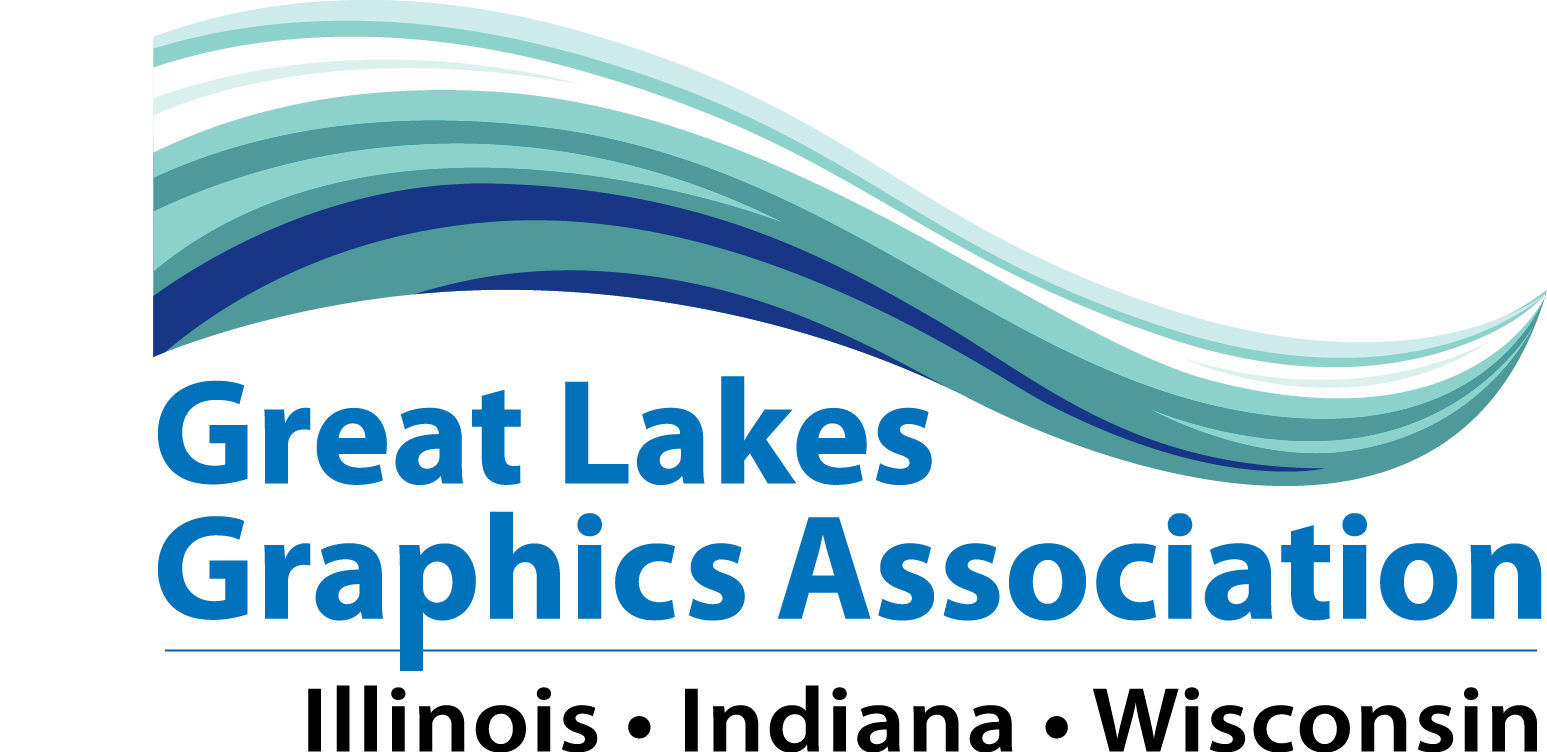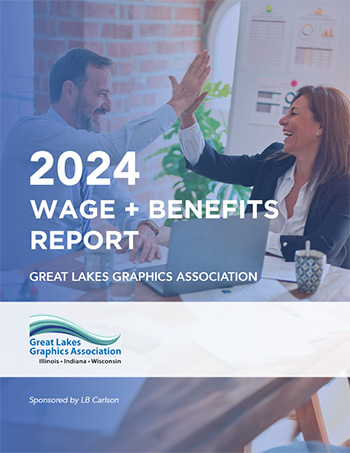Extended Bios for Changing Regulatory Landscape Workshop
Mr. Jones is also supporting PRINTING United Alliance’s efforts for the Sustainable Green Printing Partnership (SGP). SGP is dedicated to assisting printing operations respond to the customer demand for sustainable printing.
He holds a BS in biology from LaRoche College and an MS in chemistry from the University of Pittsburgh.
Carl Houtman PhD
After studying in Minnesota (BChE & MS), Delaware (PhD), and France (Post-doc), Carl arrived in Madison, Wisconsin. In 1991, he joined a project focused on understanding wood biogenesis at the Forest Products Laboratory (FPL). With a change in position in 1998, he expanded into recycling research. A major project at the time was the United States Postal Service (USPS) environmentally benign stamp initiative. Building on the results of the USPS work, Carl participated in the TLMI effort to codify the recycling compatible adhesive (RCA) test methods and specification. Under Carl’s supervision the FPL continues to conduct RCA testing. More recently, Carl has been involved in harmonizing test methods for consumer packaging, with a goal of encouraging more mixed paper recycling.
Abstract
Online shopping and other shifts in consumer habits has resulted in changes to the fiber resources recovered from municipal waste streams. In addition, many municipalities have shifted to a single bin recycling that results in a mixed material stream going to material recovery facilities (MRFs). There is a mismatch between what the MRFs are producing and what paper recyclers are desiring. As packaging designers innovate more contaminants and non-recoverable fibers are often introduced.
In recent years, several organizations have released guidelines for packaging designers to use to improve the recycling compatibility of their products. In addition, there are several organizations that are developing criteria for certifying products as recyclable.
In this presentation, I will describe the current trends in testing and labeling of recycling compatible materials. I will compare and contrast the various test methods that have been published and describe our efforts in developing a standard method, which will ultimately be presented under the umbrella of the Technical Association of the Pulp and Paper Industry (TAPPI). This proposed test method is based on, in part, the previous test method developed by TLMI.

